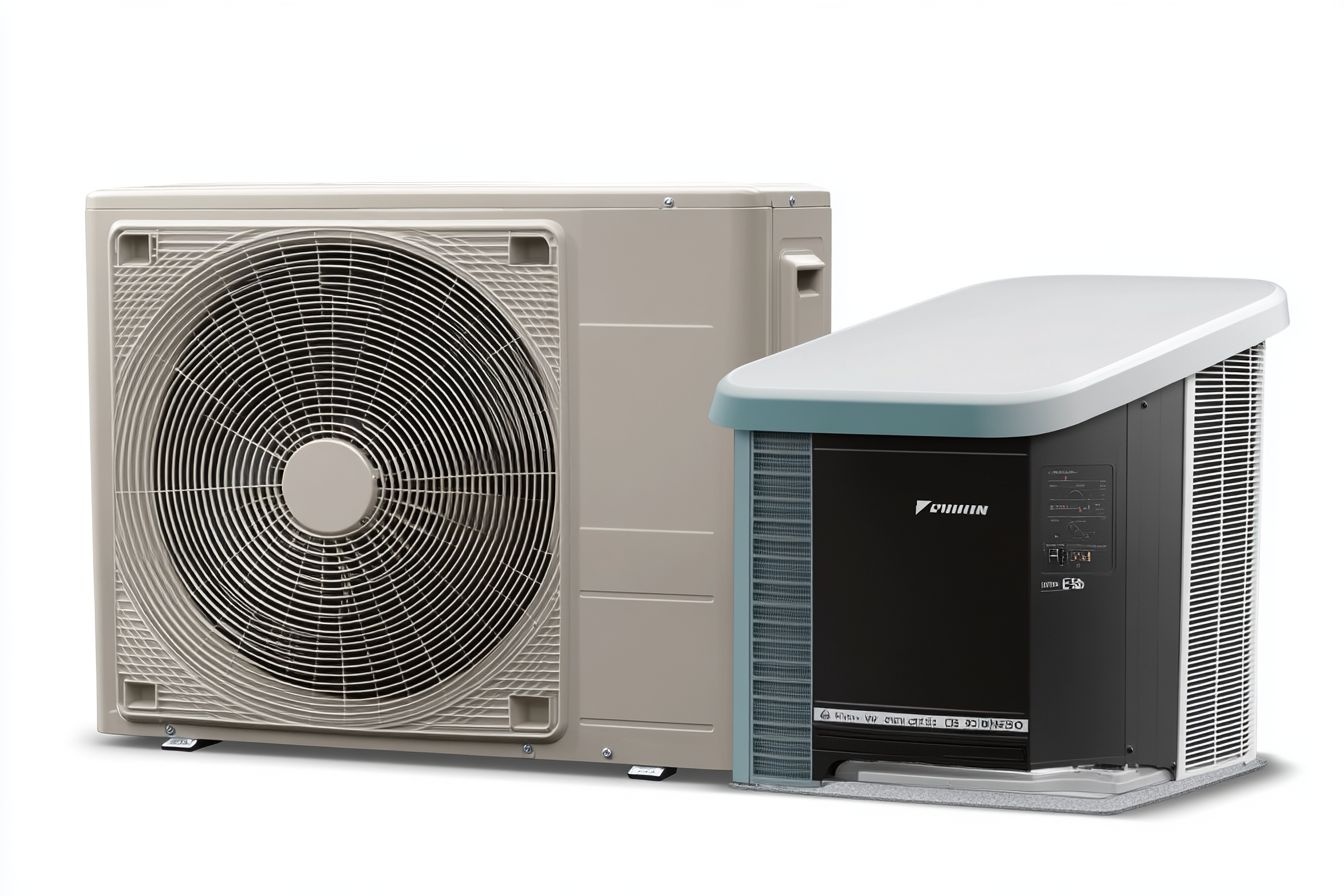Ductless AC Guide: Efficient, Targeted Cooling Solutions
Discover how ductless air conditioning delivers efficient, room-by-room comfort without bulky ductwork. Learn how these energy-efficient systems work, compare them to portable units, explore installation flexibility, and review typical costs and savings. Ideal for retrofits, additions, and anyone seeking smart zone cooling and lower utility bills.

How ductless air conditioning works Ductless systems cool spaces by drawing warm indoor air across evaporator coils filled with refrigerant. The refrigerant absorbs heat and the cooled air is circulated back into the room via the indoor unit. The absorbed heat is transferred to the outdoor unit, where it is released into the outside air. This refrigeration cycle repeats until your thermostat reaches the chosen temperature, providing efficient, direct cooling without the need for duct networks.
Key advantages of ductless air conditioning Energy efficiency: Removing ducts eliminates the air losses that commonly occur in conventional ducted systems—losses that can account for as much as 30% of conditioned air. Because ductless units deliver conditioned air directly to the space, they typically operate more efficiently and cost less to run in many scenarios.
Zone cooling: Ductless setups let you cool only the rooms you use. By installing separate indoor units or multiple zones, you can set different temperatures for bedrooms, living areas, or home offices, reducing unnecessary energy use and improving comfort.
Installation flexibility: Indoor units can be mounted on walls, ceilings, or floors, and the refrigerant lines connecting indoor and outdoor components require minimal intrusion. That makes ductless systems especially useful for retrofit projects, room additions, condos, sunrooms, or converted attics where extending ductwork would be difficult or expensive.
Space and aesthetic benefits: Indoor heads are compact and come in various styles to blend with interiors, avoiding the bulk and construction work associated with ducts and major renovations.
Ductless vs. portable air conditioners Both options avoid full duct systems, but they serve different needs. Ductless units are permanently installed, deliver stronger, more consistent cooling, and handle larger areas more effectively. They usually offer better energy performance and quieter operation than most portable units.
Portable air conditioners are mobile and can be moved between rooms, which is useful for temporary needs. However, they tend to have lower cooling capacity, reduced efficiency, and require venting through a window or wall, which can undermine performance and increase noise.
What to consider when choosing a ductless system Space size and load: Correct sizing is essential. An oversized or undersized unit can short-cycle, operate inefficiently, and fail to maintain comfort. Have a qualified HVAC technician perform a load calculation to determine the appropriate capacity for each zone.
Efficiency ratings: Look at SEER (Seasonal Energy Efficiency Ratio) and other manufacturer ratings. Higher SEER numbers generally mean lower operating costs over the system’s lifetime.
Noise: Check decibel ratings for both indoor and outdoor components, especially for bedrooms, studies, or other quiet spaces.
Number of zones and layout: Decide how many indoor heads you need and where to place them for even cooling. Multi-zone systems let a single outdoor unit serve several indoor units, but planning for line lengths and capacity is important.
Installation and features: Consider inverter-driven compressors for better part-load efficiency and smoother temperature control. Evaluate filtration features and remote-control or smart-home compatibility if desired.
Typical costs and what influences price Ductless systems usually require a larger upfront investment than window or portable units, but many homeowners recover that through reduced energy bills and improved comfort. Costs depend on system capacity, SEER rating, number of indoor units, and installation complexity.
Common price ranges (approximate): - Single-zone (9,000–12,000 BTU): $1,500 – $3,000 - Dual-zone (18,000–24,000 BTU): $2,500 – $5,000 - Multi-zone (3–5 indoor units; 24,000–60,000 BTU): $5,000 – $10,000+
Note: These are estimates and can vary by region, brand, and contractor. Check current prices and get multiple quotes before deciding.
Financial incentives and long-term value Many utilities offer rebates or incentives for installing energy-efficient HVAC equipment, which can reduce upfront costs. Over time, lower operating expenses, improved comfort, and the potential to increase property value make ductless systems a sound investment for many homeowners.
Final thoughts Ductless air conditioning provides a versatile, efficient alternative to traditional ducted systems, particularly for retrofits, additions, or spaces where running ducts isn’t feasible. By offering targeted zone cooling, reduced energy losses, and flexible installation options, these systems can deliver better comfort and cost savings. To ensure the system you choose matches your space and goals, have an HVAC professional assess your needs and recommend the right configuration and capacity.






